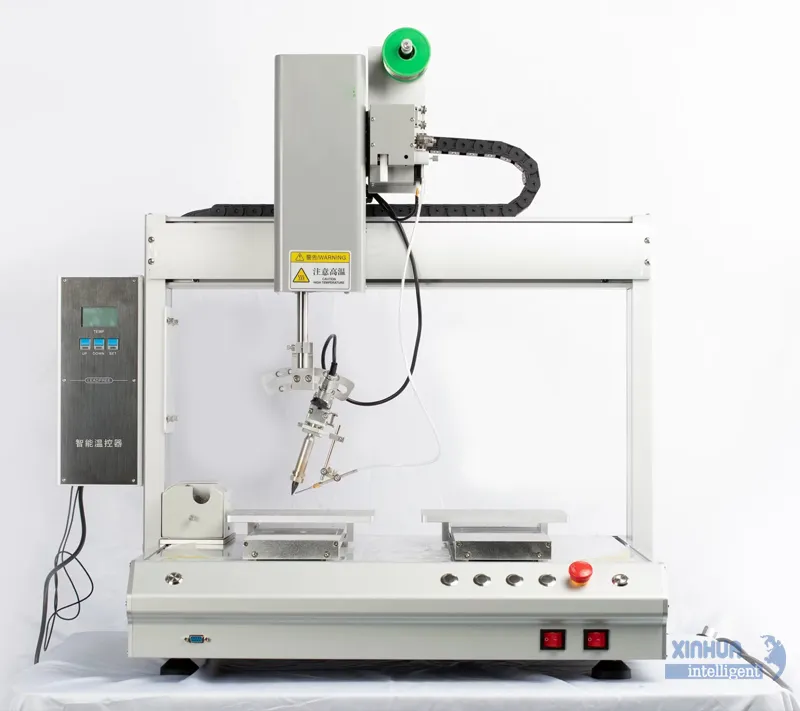
Key Features and Benefits:
Precision Soldering:Selective soldering machines utilize a single solder head that moves to specific points on the PCB, applying solder only where needed.
Reduced Heat Input:
Compared to wave soldering, selective soldering minimizes heat exposure to the board and components, reducing the risk of damage.
High Throughput:
Modern systems, especially those using multi-wave technology, can achieve high soldering speeds by simultaneously soldering multiple points or using drag soldering.
Flexibility and Customization:
Selective soldering systems can be programmed to handle a wide variety of board designs and component types, including lead-free soldering.
Improved Quality:
By precisely controlling soldering parameters for each joint, these systems can achieve high levels of quality and reproducibility.
Reduced Material Waste:
Selective soldering minimizes solder usage compared to wave soldering, leading to cost savings and reduced waste.
Integration with Manufacturing Processes:
Many systems can be integrated into automated production lines, allowing for seamless transitions between different manufacturing stages.
In summary, automatic selective soldering systems offer precision, efficiency, and reliability in targeted soldering processes crucial for modern electronics assembly, with a variety of advanced commercial solutions available to meet different production needs and scales.
